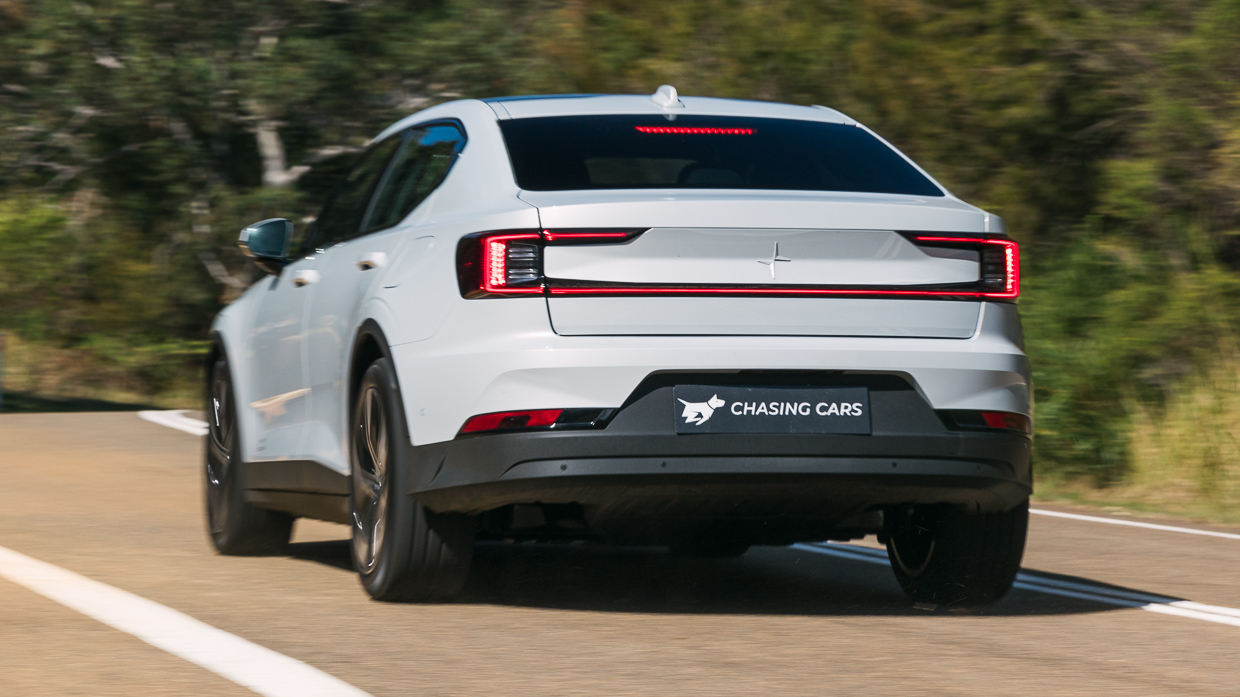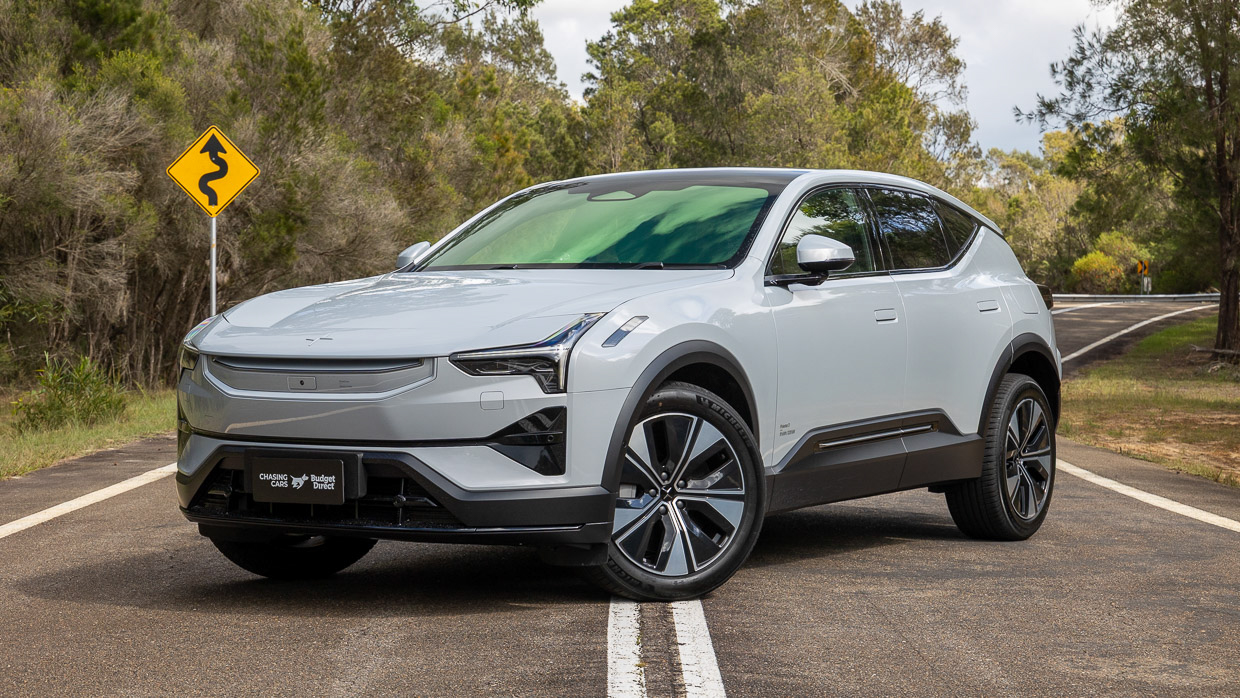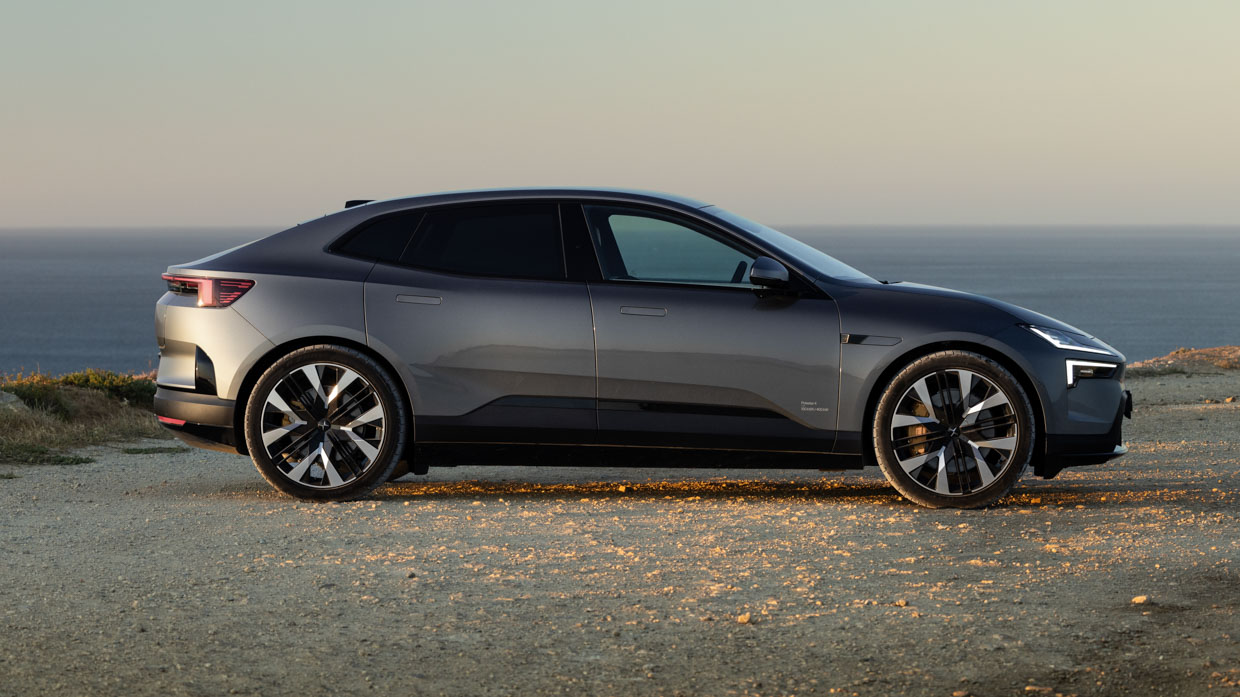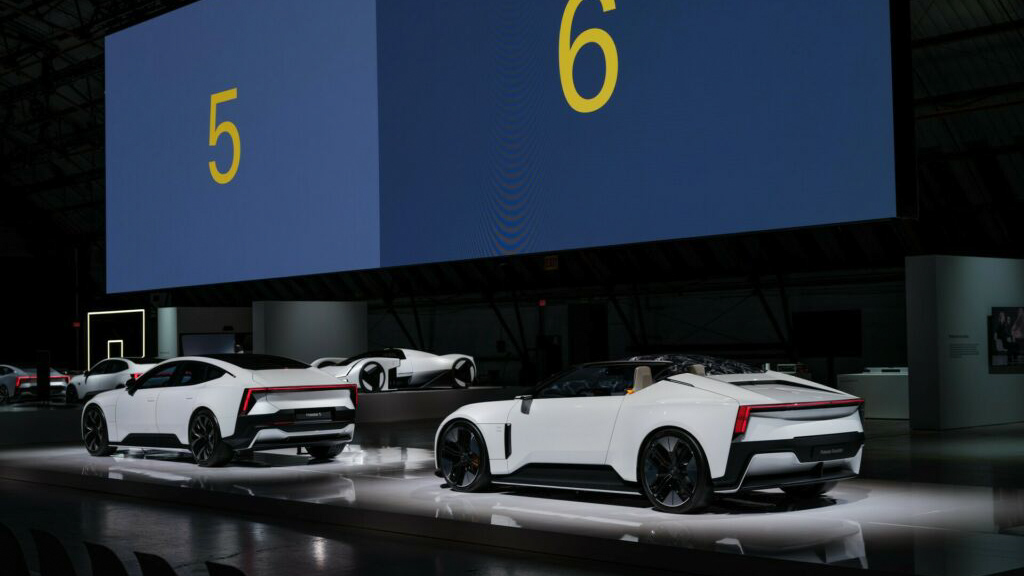-
Car Reviews
- All reviews
- Midsize SUVs
- Small cars
- Utes
- Small SUVs
- Large SUVs
- Large cars
- Sports SUVs
- Sports cars
- Vans
Latest reviews
- Car News
-
Car Comparisons
Latest comparisons
- Chasing Deals
New pricing strategy at Polestar Australia officially acknowledges the importance of discounting lower-end models to spur demand
Facing a long two-and-a-half year wait until the arrival of the Polestar 7—an attractively-priced premium small SUV that will be a rival to the BMW iX1—Polestar has detailed its emerging approach to pricing and discounts in Australia.
Speaking with Chasing Cars, Polestar Australia managing director Scott Maynard described three pillars of the Chinese-Swedish EV manufacturer’s new strategy during the wait for the Polestar 7, while hinting at future updates to keep the Polestar 2 and Polestar 4 fresh.
Until the 7 arrives, Polestar will survive on a range of two halves: the Polestar 2 sedan and Polestar 4 coupe-SUV, which are available for below the luxury car tax threshold, and the more luxe Polestar 3 large SUV and Polestar 5 super-sedan which lands locally in about six months’ time.
Polestar’s new pricing strategy in Australia reflects the split in the range: regular discounting will continue on the Polestar 2 (to build sales volume), the brand will attempt to hold Polestar 4 pricing (which it says was sharp from the start), and it wants to stop undercutting the Polestar 3.
“I would rather discount Polestar 2 and see that go out with volume, and use that car to get the [Polestar] brand recognised, than push volume through big fleet,” Maynard told Chasing Cars.
Four years old, the Polestar 2 is a familiar sight on Australian roads due to fleet deals struck by Polestar with rental car and rideshare leasing firms in 2024—business Maynard wants to avoid in favour of discounting the $62K-$80K (plus on-roads) retail pricing for private buyers.
But Maynard is anxious about the Polestar 3 ($116K-$154K plus on-road costs), which is supposed to compete against the BMW iX but was the subject of circa-35 percent discounting earlier in 2025 in order to move a glut of initial stock following the launch of the large luxury SUV.
“We have to protect the brand image of Polestar 3,” Maynard told Chasing Cars. “We are seeking to position it in a particular set of competitors, and not let it drop too far below that. We are happy for it to stay…low volume to make sure we look after the long-term [resale value].”
And don’t go expecting any deals on the forthcoming Polestar 5—a super-sedan “strictly controlled in terms of volume”, riding on a bespoke platform intended to bait the likes of the Porsche Taycan and Audi e-tron GT.
Both the Polestar 3 and Polestar 5 have significant additional costs compared to their ‘2’ and ‘4’ siblings: better architectures, bigger batteries and complex hardware like twin-clutch rear differentials all reduce Polestar’s margins when it has to discount heavily.
Meanwhile, Maynard—who leads the eighth-largest Polestar market in the world, with Australia accounting for a relatively significant four percent of global volume—says the Polestar 4 coupe-SUV was priced properly from the start and doesn’t need too many ongoing discounts.
“We had some fairly significant wins in the pricing discussion of Polestar 4 using the argument [of Australia’s relative size],” Maynard said, explaining that Polestar headquarters in Gothenburg, Sweden, helped get a number of Polestar 4 variants beneath the luxury car tax threshold.
Priced between $78,500-$107,198 plus on-road costs, the Polestar 4 straddles a range of rivals from the Tesla Model Y and Audi Q4 e-tron to the Porsche Macan EV.
Deals have been fewer on the Polestar 4, though the brand is offering an immediate $5000 discount on “pre-configured” examples (i.e. stock) until the end of September 2025 with plenty available on the public website.
At the time of writing, MY25 stock of the Polestar 2 is being offered from $57,000 driveaway (a discount of around $10,000 or 20 percent).
But true to Maynard’s word, official discounting of the Polestar 3 has been significantly reduced with the current $119,000 driveaway deal representing a discount of only around $5000 or four percent.
Polestar is not alone in discounting vehicles—and EVs especially—in order to stimulate demand, with chief rival Tesla routinely publishing discounted pricing on its website to clear stock. Legacy manufacturers such as BMW often engineer a substantial pricing buffer to allow for dealer discounting.
Latest news
About Chasing cars
Chasing Cars reviews are 100% independent.
Because we are powered by Budget Direct Insurance, we don’t receive advertising or sales revenue from car manufacturers.
We’re truly independent – giving you Australia’s best car reviews.



